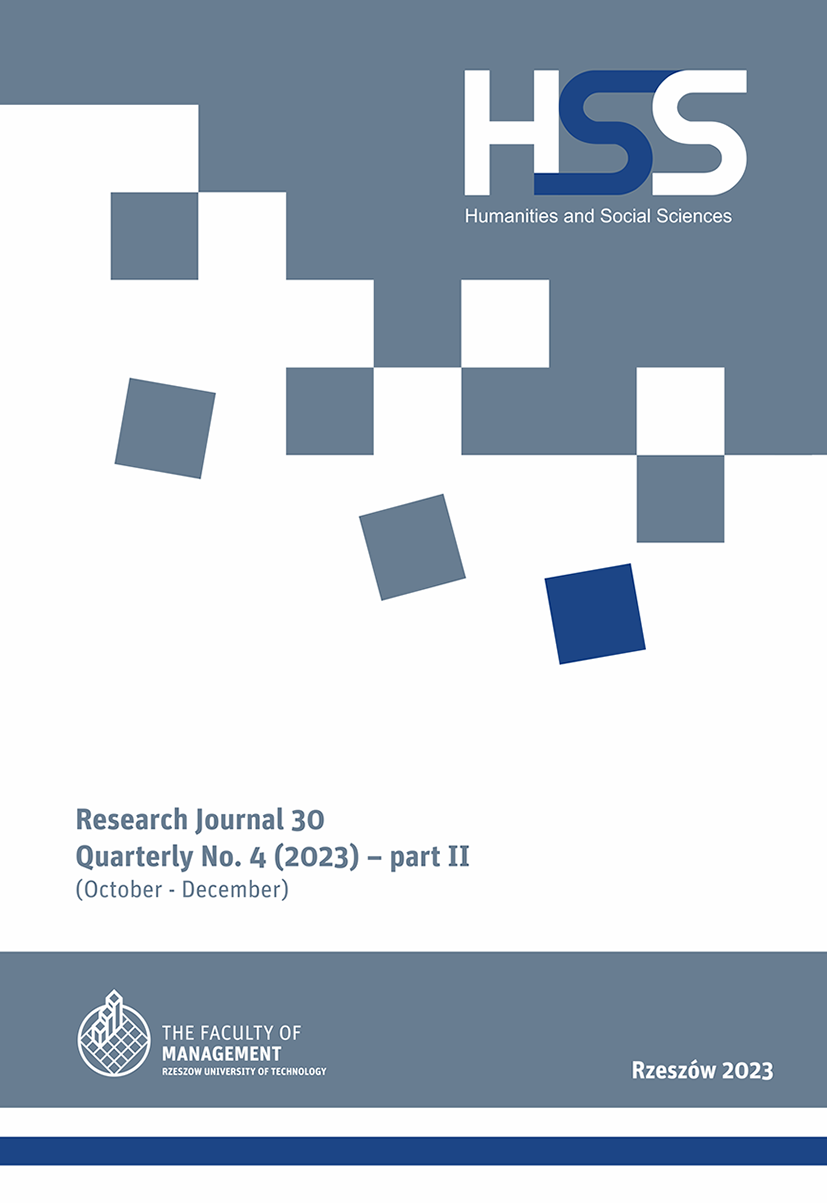Abstract
This paper presents power status in Asia and the Pacific region states – an issue that has a major impact on the international security of countries. To illustrate this, the study takes the period after the end of the Cold War, from 1992 to 2022. The purpose of the paper is to characterize the power status of the Asian and Pacific region countries based on synthetic power measures, adopting the powermetrics model of Professor Mirosław Sułek to calculate the power of states. The analysis proves that the most important role in international security is played by the countries known as superpowers and world powers, whose power enables the implementation of relevant strategic goals, especially in such an important region as Asia and the Pacific. In the coming decades, there is a high probability that China will gain the status of a superpower, while the US must fight to maintain its global position among the rapidly developing countries of the Asia-Pacific region, which in the game for power may take away some of Washington’s current advantage.
References
Allison, G. (2018). Skazani na wojnę? Czy Ameryka i Chiny unikną pułapki Tukidydesa? Bielsko-Biała.
Aron, R. (1995). Pokój i wojna między narodami (teoria). Warszawa.
Białoskórski, R. (2018). The Geostrategic Position of Russian Federation. A Powermetric Study. Siedlce.
Białoskórski, R., Kiczma, Ł., Sułek, M. (2018). Międzynarodowy układ sił w procesie zmian. Raport potęgometryczny. Warszawa.
—— (2019). Potęga państw 2019. Rankingi potęgometryczne. Warszawa.
Böhler, R. (2017). What is a Great Power? A Concept and Its Meaning for Understanding International Relations, Bod Third Party Titles. GRIN Verlag. Munich.
Bógdał-Brzezińska, A. (2010). Mocarstwowość w teorii stosunków międzynarodowych [w:] Sułek, M., Symonides, J., red., Państwo w teorii i praktyce stosunków międzynarodowych. Warszawa: Wyd. Uniwersytetu Warszawskiego.
Danielski, J. (1983). Pojęcie „mocarstwowości” w stosunkach międzynarodowych [w:] Bodnar, A., Szczepański, W.J., red., Stosunki międzynarodowe. Problemy badań i teorii. Warszawa: PWN.
Jarczewska, A., Zajączkowski J. [red.] (2016). Region Azji i Pacyfiku w latach 1985–2015. Warszawa: Wyd. Scholar.
Mearsheimer, J. (2001). The Tragedy of Great Power Politics. New York: W.W. Norton & Company.
Nye, J.S. (2007). Soft power. Wydawnictwa Akademickie i Profesjonalne. Warszawa.
Russell, B. (2001). Władza. Nowa analiza społeczna, Kądzielski, M., Gołębiewski, R. (przekład). Warszawa: Książka i Wiedza.
Sprout, M. & H. (1966). Foundation of International Politics. Princeton–Toronto–London–NY.
Stevens, F.M.S. (2021). China’s long march to national rejuvenation: toward a Neo-Imperial order in East Asia? „Asian Security”, Vol. 17, No. 1.
Sułek, M. (2001). Podstawy potęgonomii i potęgometrii (Foundations of powernomics and powermetrics). Kielce, rozdział IV.
—— (2013). Potęga państw. Modele i zastosowania. Warszawa: Wyd. Rambler.
—— (2014). USA, Chiny, UE – trzy bieguny w globalnym układzie sił, „Rocznik Strategiczny” 2013/14. Warszawa.
—— (2016). Dynamika zmian parametrów potęgi państw regionu Azji i Pacyfiku 1985–2015 [w:] Jarczewska A., Zajączkowski J., red., Region Azji i Pacyfiku w latach 1985–2015. Warszawa.
Sułek, M., Białoskórski, R. (2018). Geostrategiczna pozycja Rosji w świetle badań potęgometrycznych [w:] Niedbała, M., Stempień, M., red., Polska – Rosja. Kryzysy, konflikty, wyzwania. Warszawa–Siedlce: Oficyna Wydawnicza RYTM.
Surowiec, K. (2023). Potęga państw regionu Azji i Pacyfiku w latach 1992–2020 [w:] Popławski, D., red., Studia nad potęgą państw. Księga dedykowana Profesorowi Mirosławowi Sułkowi. Warszawa.
Waltz, K. (1979), Theory of International Politics. New York.


